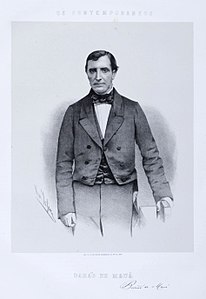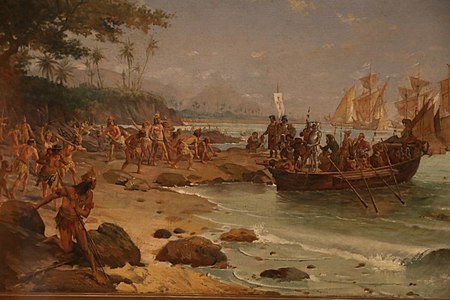GLAM/Newsletter/February 2018/Contents/Brazil report
|
Starting new GLAM partnerships
The first months of 2018 were dedicated to the contact with potential partners and the beginning of new projects. Two of them were signed with important Brazilian institutions, the Brasiliana Guita and José Mindlin Library, linked to the University of São Paulo, and the National Historical Museum in Rio de Janeiro.
Biblioteca Brasiliana Guita e José Mindlin - BBM/USP
The Biblioteca Brasiliana Guita e José Mindlin was created in 2005, linked to the University of São Paulo. Its collection gathers about 32,2 thousand titles on Brazil, among works of literature, history, travelers' reports, historical manuscripts, documents, periodicals, maps, scientific books and iconography.
Since 2014 the Brazilian movement is using content from the BBM/USP, many books and pictures were uploaded to commons but with no formal partnership. In November we started a conversation with the institution and in December we started the partnership, selecting and organizing content, metadata and evaluating articles to apply the content, in January we started a pilot project to upload content to commons.
Until now, 268 files was uploaded/generated through a pilot project, 1200 files are ready for upload, 59 content improved (Wikipedia, Wikidata) and 48 images are in use (17.91%).
-
Barão de Mauá
-
D. Pedro I
-
D. Pedro II
National Historical Museum of Brazil
At the beginning of 2018 we also started a partnership with the National Historical Museum of Brazil. Created in 1922, in an important architectural complex located in Guanabara Bay, the National Historical Museum contains a collection of over 250,000 items, including objects, documents and books.
-
Desembarque de Cabral (Oscar Pereira da Silva)
-
Carriages of the century XIX exposed in the Museum
GLAM 3D reconstruction project
The 3d reconstruction project also incorporated new images to commons. Based on the new file format accepted by commons we expanded our partnership with Cicero Moraes, uploading to commons many 3D objects of human body parts, 3D skulls and facial reconstructions and animal prothesis.
Skulls of an indigenous belonging to the Xarayes ethnic group who lived in the region of Descalvados in Cáceres in the 10th century
Animal prosthesis













